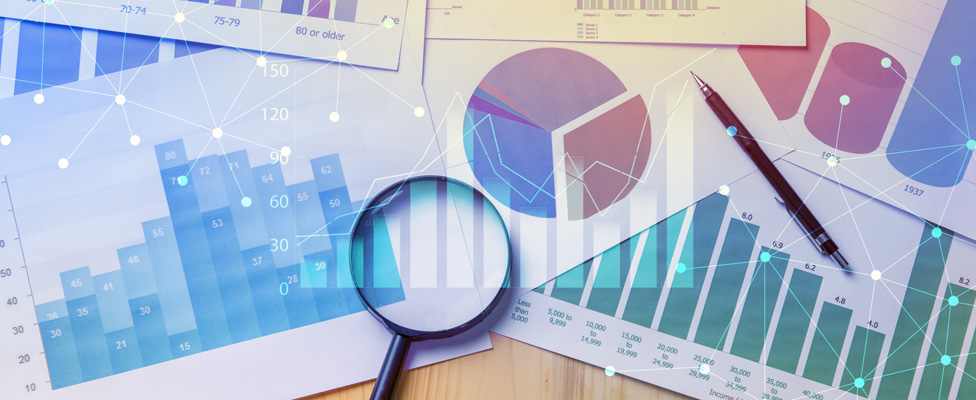
CEO Perspective: The Move to Smart Data Discovery
Identifying relationships within your data can give you the insights you need to improve decision making and enable regulatory compliance. Io-Tahoe’s CEO, Oksana Sokolovsky, explains why.
- By James E. Powell
- June 21, 2019
Working with data means more than just discovering how many widgets you sold last month or predicting how many you will sell next month. What do those millions or billions of transactions tell you about relationships within your data, and is that data safe?
Io-Tahoe helps enterprises discover these very relationships. We spoke with its CEO, Oksana Sokolovsky, about the technology and other data-related trends.
TDWI: What technology or methodology must be part of an enterprise's data strategy if it wants to be competitive today? Why?
Oksana Sokolovsky: Many organizations are building out their data strategies and continually working through the changing landscape of data privacy in terms of what it means for business operations and customer relations. They recognize that enterprise data is an asset they cannot neglect, so they are determined to better understand their data. The trouble is, many organizations are still dependent on manual processes, but organizations in general are overwhelmed with data, so dependence on human effort is no longer feasible. Not to mention the potential risk and exposure to compliance errors and/or missed business opportunities.
If you consider that most organizations today could be processing billions of transactions on a daily basis, how can you realistically expect data at this scale to be managed manually, predominately through human effort? This is why I see smart data discovery, which leverages artificial intelligence, as the foundation to help organizations identify relationships within their data. Those relationships can then provide insights that contribute to improved decision making and enable regulatory compliance with data privacy laws such as the General Data Protection Regulation (GDPR) and the California Consumer Privacy Act (CCPA).
Simply put, you cannot discover or search data if you don't know what data the organization has, where it resides, who uses it, who has access to it, and what format that data is in. This has significant implications for companies of all sizes, not only from a regulatory point of view but also from a competitive perspective. The more organizations know about the information under their control, the better they can work with it. This is true from an analytical perspective and as a way to engender trust among consumers, who should perceive the organization as a trusted steward of the information they have chosen to share.
What one emerging technology are you most excited about and think has the greatest potential? What's so special about this technology?
I believe that the ability of organizations to discover data in motion is going to be more vital for companies as they seek to comply with an increasing number of compliance regulations and data privacy laws.
Organizations have increased streaming data year over year from internal and external sources. The ability to proactively capture data from these sources, which may be continuously streamed into the data lake and other data stores, supports data loss prevention strategies with increased PII detection, reducing the potential risk of data exposure while providing greater control and visibility over all enterprise data.
What is the single biggest challenge enterprises face today? How do most enterprises respond (and is it working)?
It always comes back to the data. We believe that companies are severely challenged to figure out the best way to manage their data, which is acknowledged to be their most critical asset. Many times, they may realize that they need smart data discovery, but too many have fallen behind, either by trying to accomplish the task manually or failing to achieve complete visibility and control across multiple databases and locations. As data scales and grows, data management and governance will be an ongoing challenge.
Describe your product/solution and the problem it solves for enterprises.
Io-Tahoe enables organizations to automatically discover and search data relationships across the enterprise -- the known and unknown "dark data" -- for greater control of and visibility into the data landscape. Our advanced technology and machine learning algorithms allow organizations to quickly detect data relationships in structured, semistructured, and some unstructured formats.
About the Author
James E. Powell is the editorial director of TDWI, including research reports, the Business Intelligence Journal, and Upside newsletter. You can contact him
via email here.